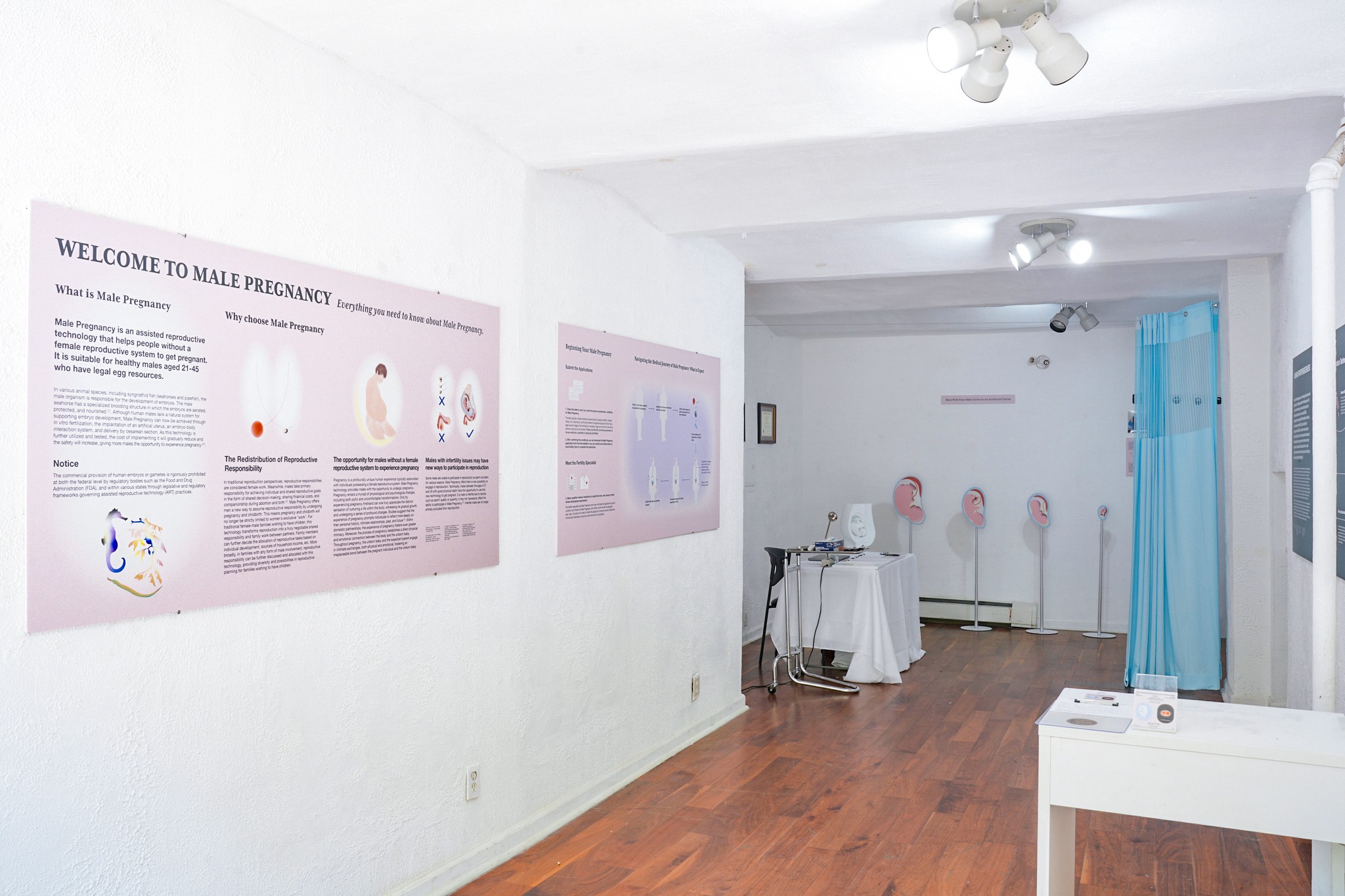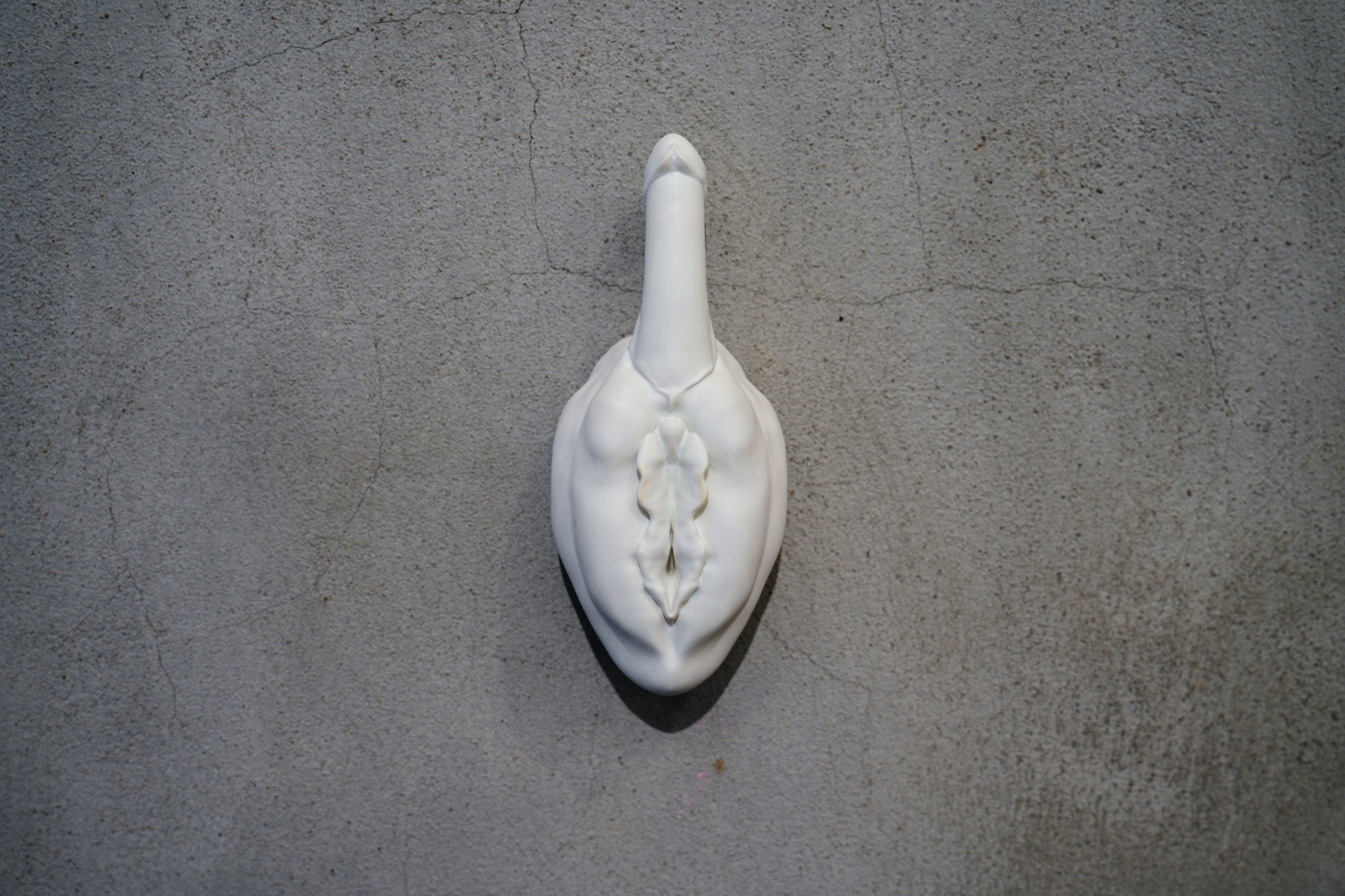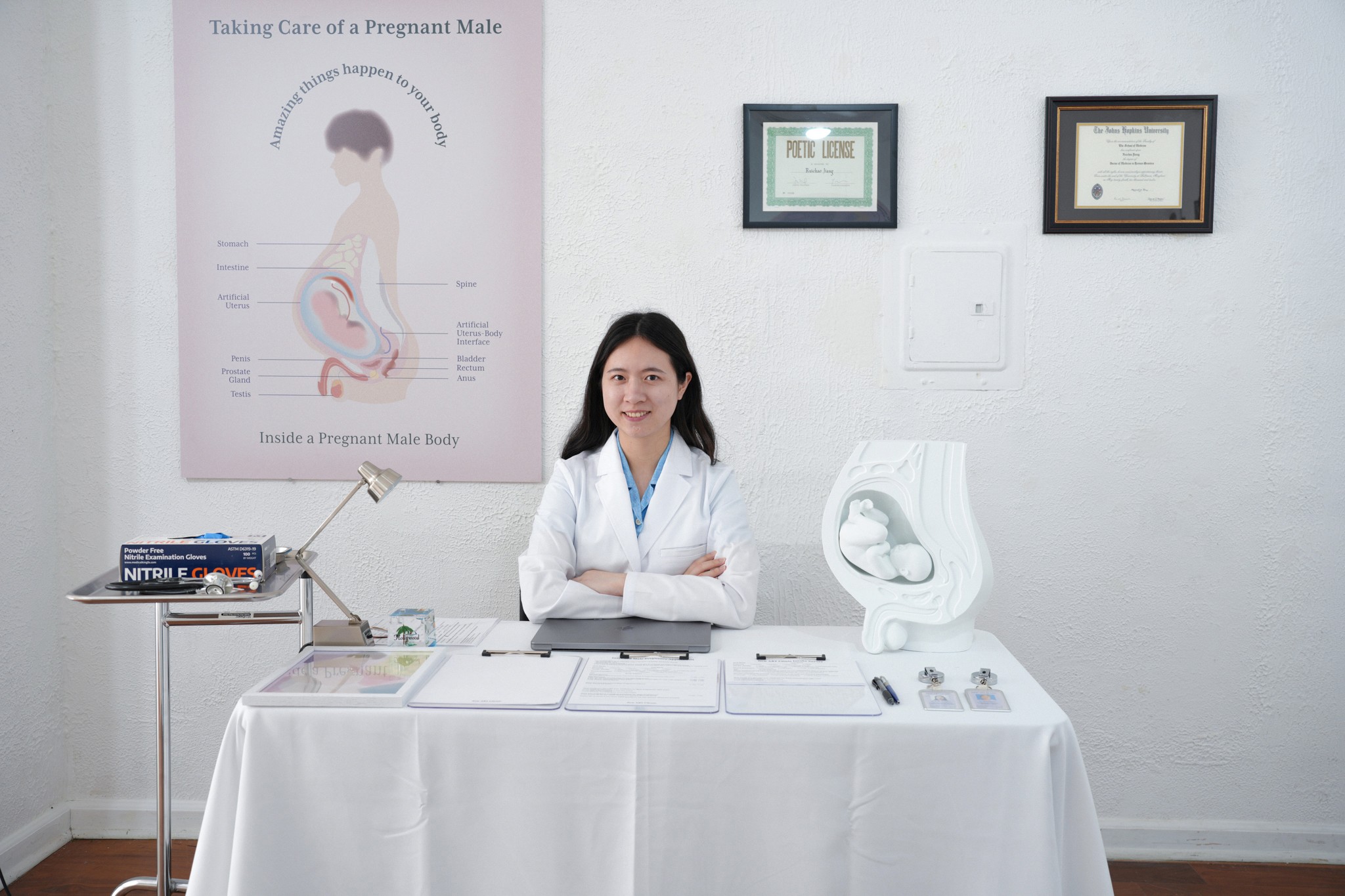We recently connected with Ruichao Jiang and have shared our conversation below.
Alright, Ruichao thanks for taking the time to share your stories and insights with us today. Do you wish you had started sooner?
Recently, I often recall what my high school physics teacher once told me: “Give up on physics early and pursue art instead.”
Perhaps he saw something in me even back then. Perhaps he simply had no confidence in my abilities in physics. Or perhaps it was a mix of both. As an educator observing from the sidelines, he offered his candid assessment of me. At the time, his words hurt me deeply, as I was ambitiously dreaming of becoming a biologist focused on genetics. In China, if you want to enter a good university to study biology, you must choose physics, chemistry, and biology as your core subjects for the college entrance exam and perform exceptionally well—especially in physics, which carries the highest weight. It felt like he was negating the feasibility of my dream. And yet, he also pointed out a hidden dream within me, a hope I had scarcely dared to acknowledge: the thought of becoming an artist. At that time, however, the art education I received was not enough for me to fully understand what being an artist truly meant. In my small hometown, pursuing art wasn’t an encouraged choice. Nobody saw it as a legitimate career path. Besides, I had excelled in physics, chemistry, and biology, and everyone’s expectations were for me to become a successful science student. I didn’t know how to face the idea of switching from being a science student to becoming an art student, nor did I know where to even begin.
If I wanted to become a professional artist, perhaps I should have switched to the arts track back in high school, starting early to build my artistic skills and get into practice. But instead, before I ultimately decided to go to art school in the U.S., I spent three years in a science-focused high school and four years studying in the College of Agriculture. During the grueling process of preparing my art school application, I often felt a sense of futility, thinking: if I ended up choosing art school, why did I suffer through three miserable years of a science-focused high school? Those years of waking up at six in the morning to study and being forced to go to bed at ten at night in a high-pressure environment full of top-performing students drained me profoundly. My academic performance wasn’t strong enough in that competitive high school, so I had to go to a university far from home to study a major I didn’t truly love. I felt deeply disappointed in myself, as if I had wasted so much time. Compared to other applicants with solid foundations, I felt like I was so far behind, which meant I couldn’t get into the program I aspired to. This is why I’m incredibly grateful to the Maryland Institute College of Art (MICA) GD MFA program for giving me a chance. Once I started studying and creating at MICA, I finally realized that all my past experiences and knowledge had become the foundation and inspiration for my work. I’m still deeply interested in biology and genomics, and my academic background has enabled me to digest scientific papers on biology and genetic technologies, applying them to my art projects. At the same time, the struggles I endured pushed me to reflect on my own identity, and my process of reconciling with past anxieties and pain has transformed into a soft, colorful fabric of expression. This fabric, which carries my authentic self, was selected for The Brooklyn Artists Exhibition at The Brooklyn Museum this year, becoming my first work to be showcased in a museum exhibition.
I didn’t start early, but starting now is good enough.

Great, appreciate you sharing that with us. Before we ask you to share more of your insights, can you take a moment to introduce yourself and how you got to where you are today to our readers.
My art practice stems from my observations and reflections on the world, as well as my own feelings and introspections. In the process of observation, contemplation, and self-awareness, my desire for expression boils over like gas in boiling water, compelling me to create in order to release this pressure. Creating is also my way of affirming my own existence.
I categorize my work into two series. The first series focuses on observations of the external world. In this body of work, I investigate the intersection of art, technology, and science, employing speculative and science-fiction narratives to address cultural and societal phenomena. Recently, my research has centered on reinterpreting Chinese women’s erotic writing, delving into the tensions between physiological desires and gender identity. Additionally, I have explored the deconstruction of traditional gender structures through speculative art projects on assisted reproductive technologies, including Male Pregnancy and Human Parthenogenesis.
The second series reflects my personal experiences and emotions. I created an original character, A Little Bit Fat, inspired by my neurodivergent experiences. I experiment with various media to expand the narrative of A Little Bit Fat, including graphic novels, painting, animation, and augmented reality technology. Additionally, I work with textile art, using my synesthesia as inspiration for daily weaving or knitting, and leveraging the linear quality inherent in yarn to transform these textiles into a form of diary.

Is there a particular goal or mission driving your creative journey?
Actually, this is a question I often ask myself. For me, my creative journey mainly refers to the part of my life where I create as an artist. When I first started creating, I didn’t seriously think about achieving a specific goal or mission. I was usually driven by a specific task or opportunity — because I used to constantly seek external validation or justification for my creative process.
In the past, I thought that being an artist focused solely on expression, especially self-expression, was a luxury reserved for those who were exceptionally talented or came from privileged backgrounds. For a long time, I felt unworthy of doing such work, so I constantly tried to rationalize my motivations and needs for creating. Deep down, however, I know that I need to create. I need it to fight against a fear that has haunted me for so long—the fear of never being understood, never being heard, of being forever alone. Only through creation can I truly open up the closed-off world inside me.
That’s enough.

Do you think there is something that non-creatives might struggle to understand about your journey as a creative? Maybe you can shed some light?
This was something I didn’t fully understand when I was working a regular office job. At that time, I had a friend who was striving to become a full-time artist. She told me how exhausting it was to constantly work toward that goal, with no real breaks, and to have to make so many decisions on her own without knowing if any of it would yield results. At the time, I couldn’t entirely relate to her struggles because I was overwhelmed by the monotony and frustration of my own job—spending my days addressing demands from someone else and resolving unnecessary conflicts.
Back then, I thought that even though my friend worked longer hours, she was pursuing something she truly wanted, channeling her efforts into creative work she was passionate about. I assumed that must be a more fulfilling path. But later, I came to realize the key difference: being an artist who stays true to personal expression means working without guarantees. You can’t be certain your work will resonate with anyone or that it will bring financial returns. You’re stepping into a free-form, less structured way of working, without fixed hours or hourly pay. You might spend ten or more hours on a single piece, and yet, there’s no certainty about whether it’s enough—or too much. You must manage your own input and output, make decisions, and take responsibility for the consequences. And along with it comes a myriad of tedious tasks that you have to handle yourself until you can afford to hire someone—things like communication, taxes, legal matters, and so on. You’re responsible for everything you create, and you alone have to bear the risks. The constant work and anxiety in these moments can make you feel utterly exhausted. It takes a strong inner core to persevere.
Contact Info:
- Website: https://www.ruichao-jiang.com/
- Instagram: https://www.instagram.com/rc.jiang/


Image Credits
Personal photo and photo 1 were taken by Shaoyu Zhang
Photo 2 and 3 were taken by Haoyu Zhao
Photo 4 taken by LATITUDE Gallery New York


